Menstrual Cup Materials Explained : Silicone, Latex & Thermoplastic Elastomer (TPE)
Let's explore menstrual cup materials together, starting with the original cup material (rubber) and moving through its evolution to today's Thermoplastic Elastomers.
Like anything in life, all of these materials have pros and cons.
This blog post examines the advantages and disadvantages of each menstrual cup material. We will also share how each material is produced and what it is made of.
Menstrual Cups Made from Natural Rubber

The original menstrual cups were made of rubber. Menstrual cups are often credited to Leona Chalmers, an American actress with a flair for invention who patented her design in 1937.
Interestingly, a company in Connecticut called Dainty Maid had produced and patented their version of a menstrual cup, the Daintette, even earlier (1932/1935).
As glamorous as an American actress origin is, we are giving the 'First Menstrual Cup' award to the Daintette. ;).
Today there are only one or two menstrual cups made of natural rubber worldwide. Natural rubber has not remained a good choice for menstrual cups for several reasons:
Environmental: The growing demand for natural rubber (the precursor of rubber) poses a major challenge to the world’s population. Southeast Asian farmers are cutting down native forests to grow rubber plantations, leading to the destruction of biodiversity. Furthermore, the resulting mono-cultures are very susceptible to disease.
Allergies: Since this material always has an increased risk of rubber/latex allergy in the user, latex and rubber allergies also represent occupational hazards. Rubber was out of the question for us. The material of the Me Luna ® can cause absolutely no allergies due to the complete absence of proteins. “Safety first” was, and always is, our motto.
Pollution: To turn natural rubber into a usable product it undergoes a process called vulcanization. This process is irreversible and generally produces toxic by products. You can read more about it here https://de.wikipedia.org/wiki/Vulkanisation
Waste Management: Rubber is not recyclable. Any remnants created during production are immediately considered waste.
Health: Since the toxic by-products occur during production and not during use, menstrual cups made from natural rubber that have undergone FDA testing, clearance and registration can be considered safe for use.
Pros of Natural Rubber Menstrual Cups
- contains a substance made from plants
- is firmer than many other materials and may appeal to users looking for a fairly firm menstrual cup
- Natural Rubber cups that have undergone FDA testing, clearance and registration can be considered safe for use.
Cons of Natural Rubber Menstrual Cups
Menstrual Cups made from Silicone
Diva Cup is the most well-known silicone menstrual cup to date, founded in 2003. Many other brands have used the Diva cup design to model their cup concepts after as well as used silicone as their material of choice.
In nature, only inorganic silicon compounds are found. Namely silicon dioxide, silicates and silica. All other silicon compounds-including silicones-are of synthetic, artificial origin.
Silicone is generally a liquid or a flexible, rubberlike plastic, and has a number of useful properties, such as low toxicity and high heat resistance.
Natural silicones are found exclusively in the language of advertising. Why do some think silicone is the better, or even healthier, material for menstrual cups? It’s likely because LSR (Liquid Silicone Rubber) is not used to produce large quantities of low-cost packaging. Otherwise, the oceans would likely be full of human-produced silicone waste.
The labor-intensive silicone processing actually has and, for the most part, still does take place in China.
There are only four major players worldwide in regard to providing the raw material for silicone manufacturing:
- Dow Corning
- Momentive Performance Materials
- Shin-Etsu Chemical
- Wacker Chemie
Allergies: Siloxans are building blocks for silicone products. They have long been considered harmless, but newer evidence suggests negative effects on human health and the environment. There are cases of allergies to silicone menstrual cups documented with the FDA. After incidents involving menstrual cups made of silicone in Mexico, the Ministry of Health there classified menstrual cups as products subject to approval.
Waste Management: Silicone menstrual cups are produced by mixing two compounds. Once these compounds are combined the process is irreversible. The resulting product is not recyclable. Any remnants created during production are immediately considered waste.
New Considerations in Regards to Health and Environment : Siloxans have a wide range of applications due to their many different properties and are therefore widely used in products worldwide. They have been used in consumer products for three decades, especially in the cosmetics sector as a care and preservative.
Siloxans are silicon compounds, i.e. compounds of the elements silicon (Si), oxygen (O), carbon (C) and hydrogen (H). Siloxan compounds are produced purely synthetically, there are no natural deposits. One distinguishes linear (e.g. L3, L4, L5) and cyclic (e.g. D4, D5 and D6) siloxanas.
For humans, these substances were long considered toxicologically safe, but this can no longer be fully asserted: There are some siloxanes for which there is information on negative health effects through animal testing on rats.
In the EU, only D4 is considered dangerous so far. The effects demonstrated in several studies indicate that it may affect reproductive capacity but may also have harmful effects in waters in the longer term.
By the way, D4 and D5 are not only used in personal care products. They are important raw materials for silicone plastics and can be found as residues in the finished products. Because of the particularly worrying characteristics, the Federal Environment Agency (UBA) considers it useful to include D4 and D5 in the REACH Candidate List. Inclusion in the list of candidates is a clear signal to replace a substance and triggers certain public information requirements for manufacturers, importers and retailers, which consumers can use to make informed decisions.
The Austrian Federal Office has taken a closer look at Siloxane. http://www.umweltbundesamt.at/umweltsituation/schadstoff/silox/.
Pros of Menstrual Cups made from Silicone
- High heat resistance (may not matter much since our bodies don’t get that hot without us dying!)
- Available in multiple firmness levels
- Available in multiple color choices
- Silicone cups that have undergone FDA testing, clearance and registration can be considered safe for use.
Cons of Menstrual Cups made from Silicone
- Waste management (not recyclable)
Menstrual Cups made from Thermoplastic Elastomer (TPE)
MeLuna menstrual cups were the first menstrual cups widely available to be made from thermoplastic elastomer. They have been available since 2009.
The term TPE encompasses a wide range of products with varying ingredients.
The major producer of TPE, Kraiburg, is located in Germany.
Kraiburg verifiably makes a medical grade TPE that does not contain plasticizer.
Notable is that FDA registered medical grade TPE has a cost about 700 percent (!) higher than regular use TPE made by the same manufacturer due to the requirements on the components and purity.
Both of the main suppliers for TPE menstrual cups use Kraiburg medical TPE.
Depending on the components used, TPE, a man-made product, may include similar substances as silicone.
TPE, being a thermoplastic elastomer, can have slightly different properties as compared to silicone cups. For example, TPE conforms to its surroundings under the influence of heat – even body heat. Since the vagina is not round TPE cups tend to form an oval. As long as the diameter is correct, the cup will seal fine, but the change in shape can concern users who are not familiar with TPE’s properties.
Environment: TPE production consumes less energy than silicone production and no harmful substances like latex production.
Allergies: To date TPE has had fewer cases of allergies linked to it than silicone and latex.
Waste Management: TPE is generally recyclable. It can be melted back down by the use of heat (hence the name THERMOplast) and processed into other things.
For most areas TPE recycling options are still limited at this time. Much of the TPE can already be reprocessed during the manufacturing process. Manufacturing TPE menstrual cups can therefor be considered much closer to zero waste production than latex and silicone which already produce a significant amount of waste during production.
Pros of Menstrual Cups made from TPE
- Less likely to cause allergies than latex or silicone
- Available in multiple firmness levels
- Available in multiple color choices
- TPE cups that have undergone FDA testing, clearance and registration can be considered safe for use.
- Low or Zero Waste during production
- Recyclable – can be melted to be used as TPE again or included to fortify other materials
- Less likely to host Staphylococcus aureus, the bacteria associated with Toxic Shock Syndrome, than silicone.
Cons of Menstrual Cups made from TPE
- Less Heat resistant than silicone (will melt around 400 degrees Fahrenheit)
A Little Background on MeLuna Menstrual Cups
Me Luna ® has been producing the Me Luna ® menstrual cups (after careful consideration) from the medically certified TPE from the German manufacturer Kraiburg since 2009. At that time, we decided on TPE because the labor-intensive silicon processing actually has and for the most part still does take place in China. However, due to the lack of regulation on environmental standards, that was out of the question for us.
From the beginning, affordable quality has been at the forefront of our minds. The Me Luna ® was intended to allow women from all income brackets to approach menstruation with recyclable, durable, sustainable menstrual products.
Plastics perform a wide range of medical tasks: They serve as containers for infusion solutions, components of medical devices, med. Items (syringes, patches, catheters, tubes, etc.) and implants (heart valves, bone replacements, joints, absorbable bone screws, etc.). For materials that are directly or indirectly in contact with living tissue – such as a menstrual cup- special conditions apply of course:
On the one hand, the material must not cause harm to the organism; on the other hand, the biological surroundings should not impact the material. If these conditions are met, there is talk of biocompatibility. Part of biocompatibility testing is to confirm that nothing interferes with the hormone balance. Our medical thermoplastic elastomer does not contain substances known to have any hormone-disrupting effects.
Both the raw material and the finished cups have undergone extensive testing to eliminate the possibility of any leaching … even leaching of harmless substances.
Enough about MeLuna though! Let’s explore the pros and cons of all menstrual cup materials available!
About MeLuna Production Specifically
In our production, we focus on:
- Short distances through 100% Made in Germany. We use raw materials made exclusively in Germany, and every further step, from the production of the Me Luna ® Cups to shipping, takes place here at the production site.
- Energy-saving processing on modern machines, as well as electricity generation in-house.
- The medical TPE we use is very recyclable. It can be melted back down using heat (hence the name THERMOplast) and processed into other things. This is not the case with silicone or natural rubber products. These substances form a new compound irrevocably and can not be recycled into a reusable product.
We have been producing the Me Luna ® menstrual cups directly with us at our company headquarters since 2009.
Our Me Luna ® menstrual cups can be found in many drugstores and supermarkets. There, our products are regularly inspected by the relevant Council and Health Offices.
In the US, menstrual cups are not commodities. There they are considered a Class II medical device. The sale must be approved by the FDA. We received this clearance in 2014 after extensive testing.
The Me Luna ® is an absolutely safe product that has no adverse health effects. In particular, no harmful plasticizers are included that could cause hormonal changes.
Summary:
- Depending on allergies present in the user and components used for the raw materials all three cup materials can produce safe menstrual cups.
- Silicone cup manufacturers don’t manufacture their own silicone. TPE cup manufacturers don’t manufacture their own TPE.
- In regards to hormone disrupting components, both silicone and TPE materials have the potential to contain compounds with this effect.
- For TPE cups the critical issue is that the TPE used not contain any plasticizers. For silicone cups the component to watch out for are D4 and D5 siloxans.
- Menstrual cups with FDA clearances before 2015 had to prove biocompatibility and undergo extensive testing before receiving clearance for sale in the US.
Newer cups that were FDA registered in 2015 or later did not have to prove this before being cleared for sale. This does not rule out that they are in compliance with these standards. Theoretically they still have to pass these standard, if they are FDA registered. - To research the raw material of a specific cup brand it is generally easier to find manufacturer info on cups made from TPE. Keep in mind that even silicone cups manufactured locally likely obtained the silicone materials from one of the manufacturers listed above in the silicone section.
What should you consider, if you decide MeLuna is not for you?
Of course we would love for you to find your Goldilocks menstrual cup in a MeLuna!
If however you prefer a different brand or material there is one thing you absolutely should consider:
Depending on the raw materials used, all three cup materials—silicone, TPE, and latex—can be safe and free of hormone disruptors.
Don’t fall for marketing that tells you one material is automatically healthier or better. You are more discerning and informed than this! The safety of any of these materials depends on the components used in their respective raw materials.
Don’t purchase menstrual cups that do not meet the standards of your regulatory health agency (FDA for the US). Even with extensive research, the FDA has way more insight into what went into your menstrual cup than you would have.
For example, while the actual ‘recipe’ for a raw material may be propitiatory and not accessible by the public, materials that are registered with the FDA will likely have their master records on file with the regulatory agency. This includes colorants.
If you are concerned about the cup you are considering, please inquire with the manufacturer about details. Transparency is a plus.




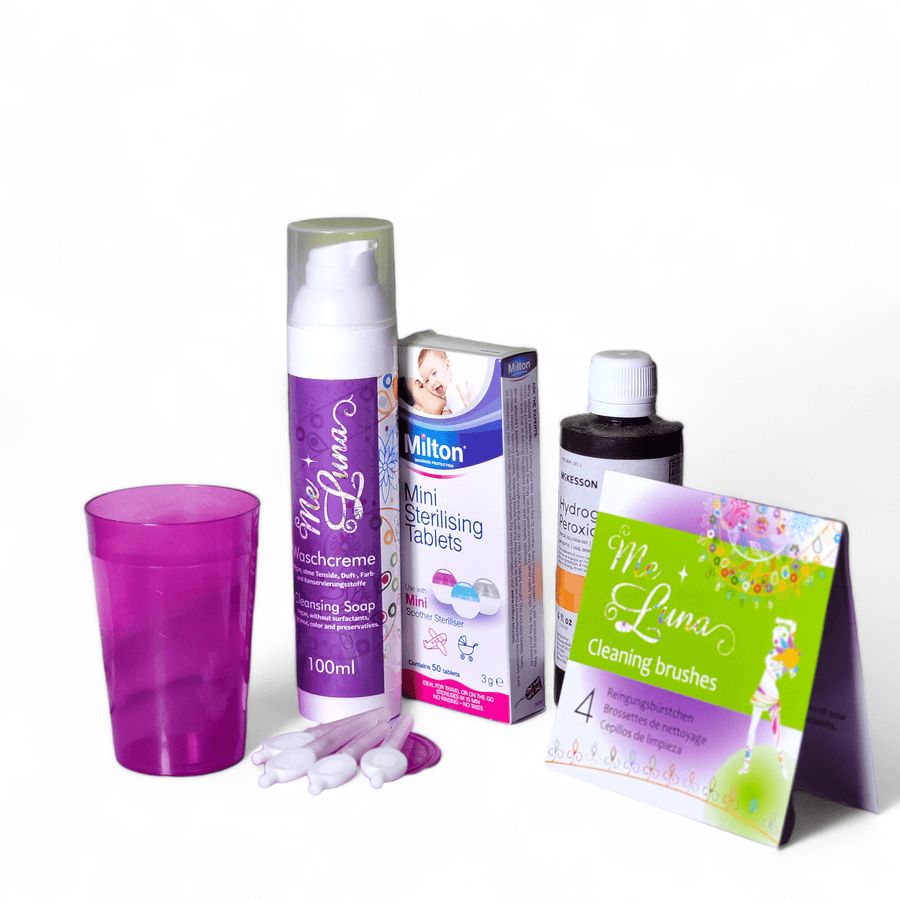


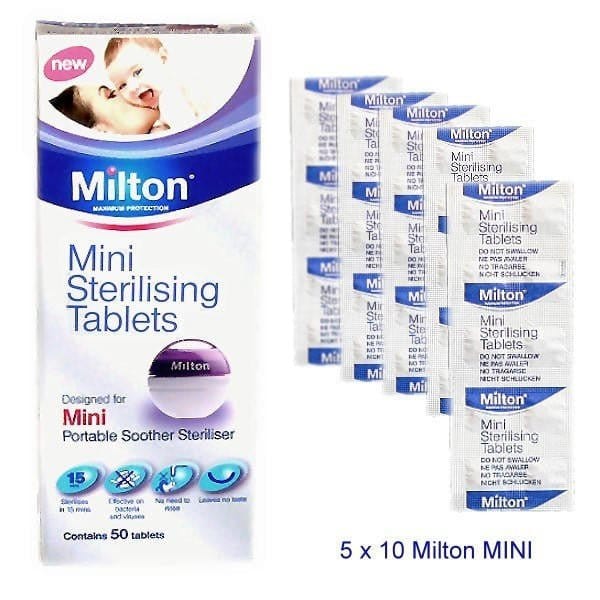

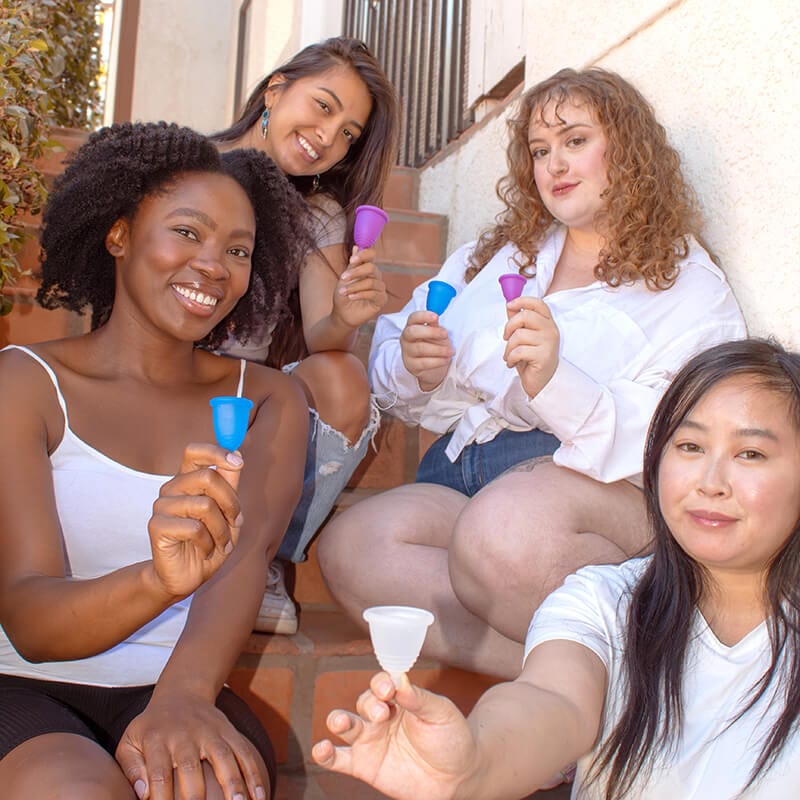

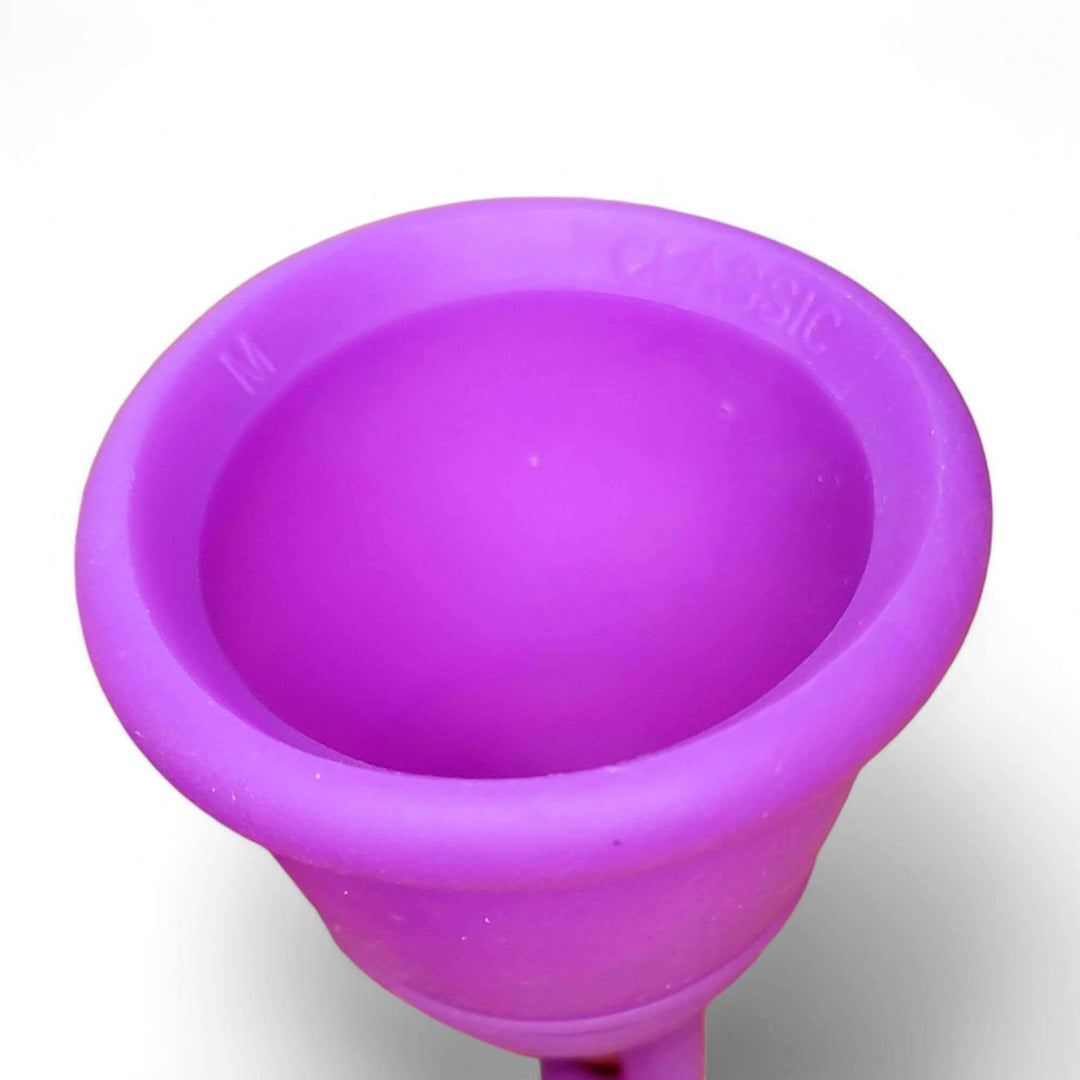

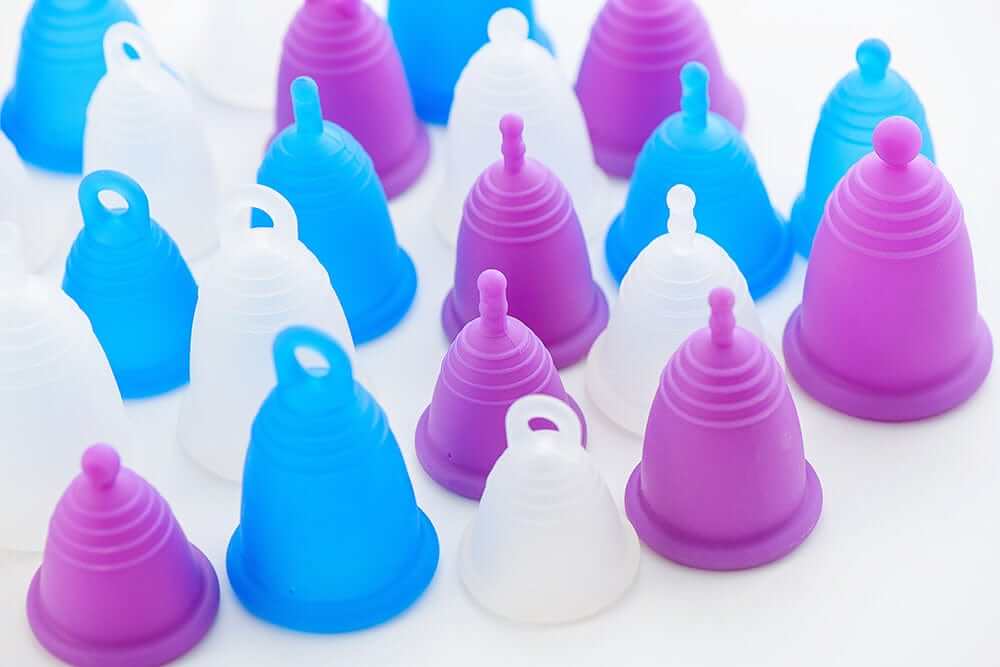
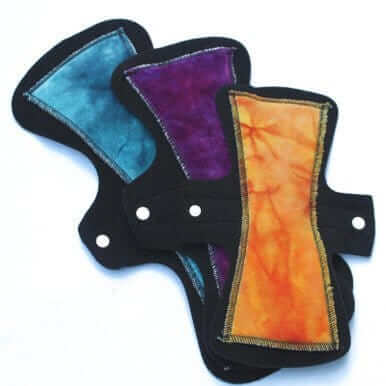
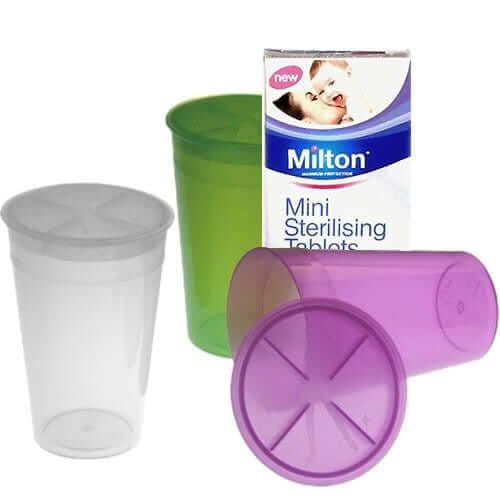





Leave a comment